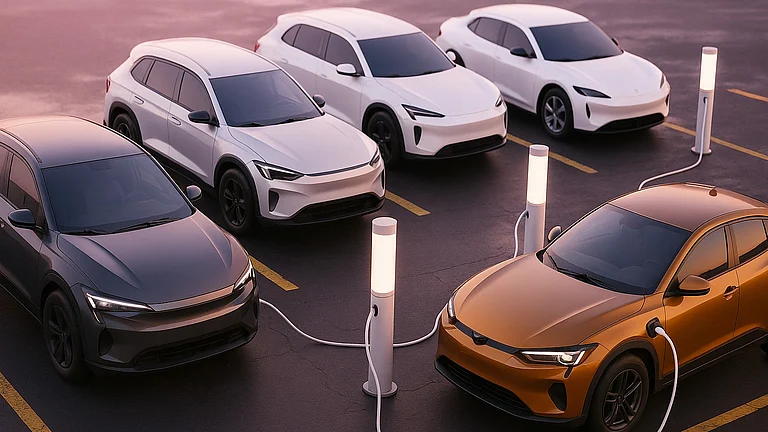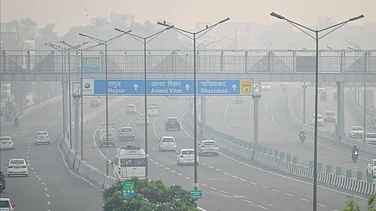Global Electricity demand is expected to increase sharply by 4% annually, surpassing Japan’s total consumption each year through 2027. However, this growing demand will be met with record generation from renewable and nuclear power stations, according to a recent International Energy Agency (IEA) report.
Most of this additional demand, over the next three years, will come from emeging and developing economies, which are expected to account for 85% of the demand growth. China’s electricity consumption, for instance, is expected to grow by 6% year-on-year through 2027.
This rapid demand growth in China has been accelerated by electricity-intensive industrial sector and the rapid expansion of sectors like solar panels, batteries, electric vehicles and associated materials. Air conditioning, data centres and 5G networks also contribute to this surge in China, the report stated.
The IEA also said that it would release a report on data centers later this year.
India is also expected to account for 10% of the global increase in demand, driven by robust economic activity and rapidly rising air conditioning, reported Reuters.
With global electricity demand increasing, renewable energy generation has become more crucial than ever and the growing economies can take lessons from India’s approach to tackle the same, according to a Reuters report.
India’s Renewable Push
Despite rising global energy demand, approximately 685 million people still lack access to basic electricity, according to a 2024 World Health Organization report. Green technologies offer a sustainable solution to bridge this gap, as they are increasingly deployed worldwide.
However, the pace of energy demand is outstripping the supply of these technologies, with significant barriers such as grid resilience and financing gaps, particularly in emerging economies, according to Reuters.
The Reuters report identified three key lessons from India’s journey, including investment in battery energy storage systems to make clean energy accessible, scaling distributed renewable energy by utilising solutions like rooftop solar to provide power to communities where traditional grid infrastructure falls short, and modernising utilities by expanding the capacity of distribution companies to plan and manage energy services efficiently.
India has implemented targeted policies, deployed public investments, and mobilised international partnerships. A notable example is India’s largest Battery Energy Storage System (BESS) project, a collaboration between BSES Rajdhani Power Limited (BRPL), IndiGrid and the Global Energy Alliance for People and Planet (GEAPP). Approved in June 2024, the project will serve 12,000 low-income customers in Delhi.
This is a prime example of what can be achieved when governments, businesses and philanthropies collaborate.






























